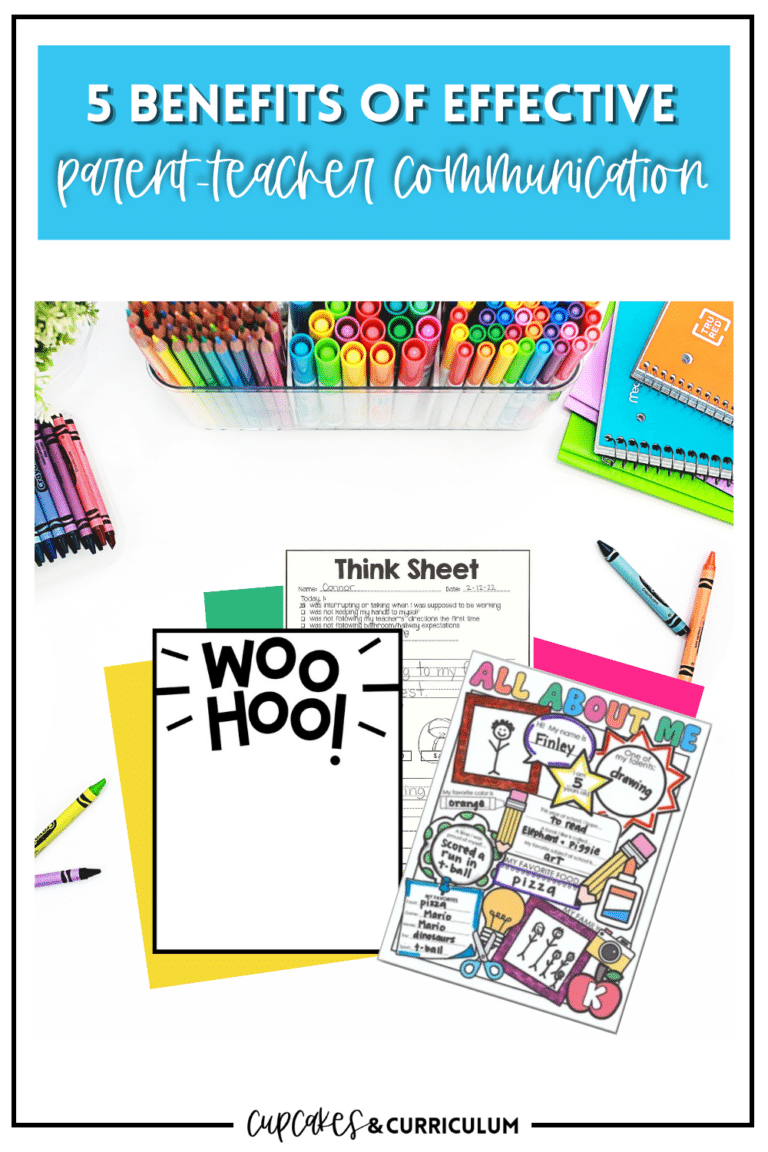
 Mentor texts are wonderful for content areas like reading and writing… but what about Character Education and Social Emotional Learning?
Mentor texts are wonderful for content areas like reading and writing… but what about Character Education and Social Emotional Learning?
I’d love to share with you some of my favorite books to give students a frame of reference when teaching them how to be responsible decision makers.
*This post contains affiliate links.
by Ellen Javernick
The focus of this story is all about respect, and when you think about it… all of the class rules you have can all point back to being respectful.
Keep going back to the question, “What if everybody did that?” This will be common language that you can use all year long as a reminder to show respect. Encourage your students to ask this question to one another.
Don’t just use the question to point out negative behaviors… you want your students to recognize that their positive behavior choices DO make a difference, no matter how small.
This book is a tale of tattletales – our young students are just starting to develop the ability to solve their own problems, and sometimes it is difficult for them to figure out if something needs to be addressed with an adult, or if it is something that can be handled themselves.
Teaching students how to figure out whether a situation is a REPORT or a TATTLE is the main goal of this book, but they will also love the fun illustrations, characters, and humor in this story.
This book, on the surface, is a simple and fun story for kids because they can really interact with the character.
Our hidden agenda as teachers is to generalize this story and help our students understand WHY we should be following directions.
Our students don’t realize that we give specific directions for very specific reasons (safety, time management, productivity, etc.).
This book can help to make your students aware that directions are given for a reason, that there are consequences (positive and negative) when you choose what to do after a direction, and what their thought process should be when they are given directions.
This story is about a little girl named Isabella. She earned the nickname Decibella because she loves to just shout her ideas and thoughts in her loud voice.
Isabella learns that being loud isn’t always appropriate – there are actually five volumes of voice: Whisper, 6-Inch Voice, Table Talk, Strong Speaker, and Outside.
By the end of the story, Decibella understands those 5 volumes and when the right times are to use them.
Through this story, we can teach our students appropriate voice levels for different activities, places and times.
This story is about a little girl named Jean – everyone called her Mean Jean because she was a recess bully.
One day, a new girl comes to school and crosses the path of Mean Jean at recess. Instead of taking the problem to an adult, the new girl decides to solve the problem on her own by befriending Mean Jean on the playground. With a new friend by her side, Mean Jean wasn’t so mean anymore!
Through this story, we can teach our students to reflect and think about how they could solve problems on their own!
This story is about a boy named Edwurd. He likes to tell fibs, and he doesn’t think anything of it.
One day, he tells a fib and there are some serious consequences that he did not expect. Edwurd starts to see that his words caused some bad things to happen, and that he should have just told the truth!
Through this story, we can teach our students that fibbing is being dishonest. Even if we don’t think our fib is a big deal, our words could end up hurting people!
This story is about a little boy named Frank… Frank is very frank. About EVERYTHING. He believes that honesty is the best policy, and that he should never lie.
Even though this is true, Frank still finds that he is hurting other people’s feelings. He doesn’t understand why, because he is just being honest.
Frank gets some great advice from his equally frank Grandpa who shows him how to serve up honesty, with just a little more sugar.
Through this story, we can teach our students how to be honest without hurting other people’s feelings.
Click below to find daily 15 minute activities to go along with EACH of these incredible mentor texts!
Have you read any other mentor texts that are beneficial when teaching students about making responsible decisions? Comment below – I’d love to hear from you 🙂
